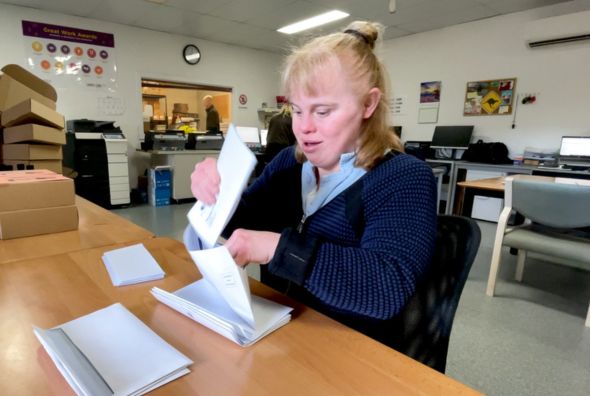Exploring the 5 types of Autism
Autism is a complex neurodevelopmental disorder that affects individuals in various ways. It can cause differences in social interaction, communication, and behaviour. While autism is often referred to as a spectrum disorder, it is important to recognise that it encompasses a range of presentations. There are five major types of autism, including Kanner’s syndrome, Asperger’s syndrome, pervasive developmental disorder – not otherwise specified, childhood disintegrative disorder and Rett syndrome. Understanding the unique characteristics of each type of autism, opens up the opportunity to create a world where individuals with autism can thrive and feel supported.
Kanner’s Syndrome:
Kanner's syndrome, sometimes also referred to as classic autism, is perhaps the most well-known type. Individuals with this type of autism have significant challenges when it comes to social interaction and communication skills. They often struggle with verbal and nonverbal communication, find it challenging to establish and maintain relationships, and engage in repetitive behaviours or restrictive interests. Sensory sensitivities may also be present, affecting their response to sounds, textures, or certain stimuli.
Asperger's Syndrome:
Asperger's syndrome, now considered a part of the autism spectrum, is characterised by relatively mild symptoms compared to Kanner’s syndrome. Individuals with Asperger's tend to exhibit average or above-average intelligence, along with a particular focus on areas of interest. They may excel in specific subjects or display exceptional skills in areas such as music, mathematics, or computer programming. However, they often face difficulties in social interaction, interpreting social cues, and understanding non-literal language.
Pervasive Developmental Disorder - Not Otherwise Specified (PDD-NOS):
Pervasive Developmental Disorder - Not Otherwise Specified (PDD-NOS) encompasses individuals who do not fully meet the criteria for Kanner’s syndrome or Asperger's syndrome. It is a broad category that includes individuals who exhibit some, but not all, of the diagnostic features of autism. They may display milder symptoms or present with atypical patterns of social interaction, communication, or behaviour. PDD-NOS acknowledges the diverse nature of autism presentations and allows for individualised support.
Childhood Disintegrative Disorder:
Childhood Disintegrative Disorder (CDD), also known as Heller's syndrome, is a rare type of autism characterised by a loss of previously acquired skills. Typically, children with CDD have a period of normal development during their early years but experience significant regression in language, social interaction, and motor skills. This loss often occurs between the ages of 2 and 4, and the decline is usually rapid. CDD is distinct from other types of autism due to the dramatic regression it entails.
Rett Syndrome:
Rett syndrome is a genetic disorder predominantly affecting females. Although initially classified as a separate disorder, it is now recognised as a type of autism spectrum disorder. Rett syndrome is characterised by a period of normal development in early childhood followed by a loss of purposeful hand skills, speech, and social engagement. Individuals with Rett Syndrome often exhibit repetitive hand movements, breathing abnormalities, and intellectual disability.
Autism is a complex and diverse spectrum disorder, with various types and presentations. Understanding these different types of autism can help promote acceptance, support, and inclusion for individuals on the spectrum. Whether it is Kanner’s syndrome, Asperger's syndrome, pervasive developmental disorder - not otherwise specified, childhood disintegrative disorder, or Rett syndrome, recognising and embracing the unique strengths and challenges of individuals with autism is crucial for fostering a more inclusive society.
By acknowledging the diversity within the autism spectrum, we can promote understanding, advocate for appropriate interventions, and create a world where individuals with autism can thrive and reach their full potential.



